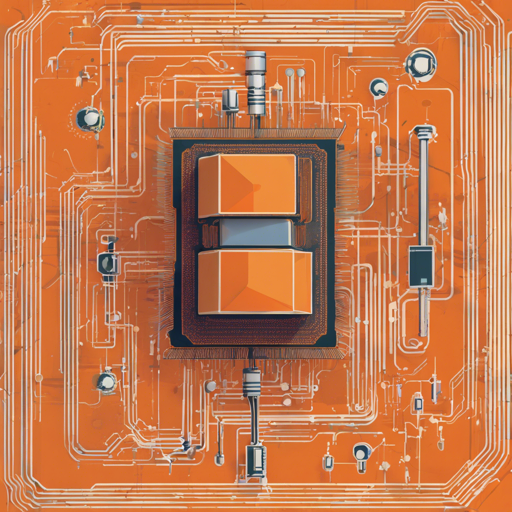In the age of machine learning and artificial intelligence, developing a specialized model to determine whether images are oriented correctly is an exciting challenge. In this blog post, we’ll guide you through the process of creating an **Upside Down Detector**. This guide will walk you through training a model to classify images from Google Street View and how to tweak it for optimal performance.
Step 1: Prepare Your Dataset
Your first task is to prepare a dataset. For this project, we will utilize images from Google Street View. To train our model effectively, we need to synthetically create a set of upside-down images.
- Gather images from Google Street View.
- Synthetically flip a portion of these images upside down.
- Create a balanced training set containing both upright and upside-down images.
- Split this dataset into training and test sets.
Step 2: Build Your Neural Network Using TensorFlow
After you have your dataset ready, it’s time to create a neural network. Think of building a neural network like constructing a multi-layer cake: each layer is essential for picking out the details from the data.
Here’s how you can do that:
import tensorflow as tf
from tensorflow.keras import layers, models
# Initialize the model
model = models.Sequential()
# Add layers like building a cake
model.add(layers.Conv2D(32, (3, 3), activation='relu', input_shape=(height, width, channels)))
model.add(layers.MaxPooling2D((2, 2)))
model.add(layers.Conv2D(64, (3, 3), activation='relu'))
model.add(layers.MaxPooling2D((2, 2)))
model.add(layers.Conv2D(128, (3, 3), activation='relu'))
model.add(layers.MaxPooling2D((2, 2)))
model.add(layers.Flatten())
model.add(layers.Dense(128, activation='relu'))
model.add(layers.Dense(2, activation='softmax')) # Output layer for binary classification
# Compile the model
model.compile(optimizer='adam', loss='sparse_categorical_crossentropy', metrics=['accuracy'])
In this code, we build a neural network with several convolutional layers to help extract features from the images. Think of each convolutional layer as a chef adding different flavors to your cake – each layer contributes to the overall understanding of the image’s orientation.
Step 3: Train the Model
With your model set up, the next step is training it with your prepared dataset.
# Train the model
model.fit(train_images, train_labels, epochs=10, validation_split=0.2) # Adjust number of epochs as necessary
Similar to baking a cake, you might need to adjust the training duration (epochs) to achieve the desired accuracy. Keep an eye on the validation loss to ensure your model isn’t overfitting.
Step 4: Evaluate Model Performance
To check how well your model performs, use the test set that you created earlier. After evaluating your model, you may notice some images classified incorrectly. In this case, think of the incorrectly classified images as the diners who didn’t enjoy the flavors of your cake. Reflecting on their feedback is essential to improve your recipe.
Troubleshooting and Improving Model Performance
If there are images categorized incorrectly, consider the following adjustments to improve your model:
- Increase the size of your dataset by gathering more images or augmenting existing ones.
- Experiment with changing the model architecture – adding or removing layers, or using different activation functions.
- Fine-tune the hyperparameters such as learning rate or batch size.
- Examine the misclassified images to see if they have common characteristics that could be addressed in data preprocessing.
For more insights, updates, or to collaborate on AI development projects, stay connected with fxis.ai.
Conclusion
By following these steps, you can successfully create an Upside Down Detector that leverages machine learning to identify image orientation. Remember, refining your model is a continual process, much like perfecting your baking skills!
At fxis.ai, we believe that such advancements are crucial for the future of AI, as they enable more comprehensive and effective solutions. Our team is continually exploring new methodologies to push the envelope in artificial intelligence, ensuring that our clients benefit from the latest technological innovations.

